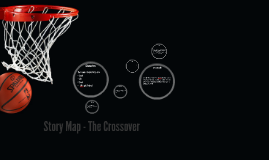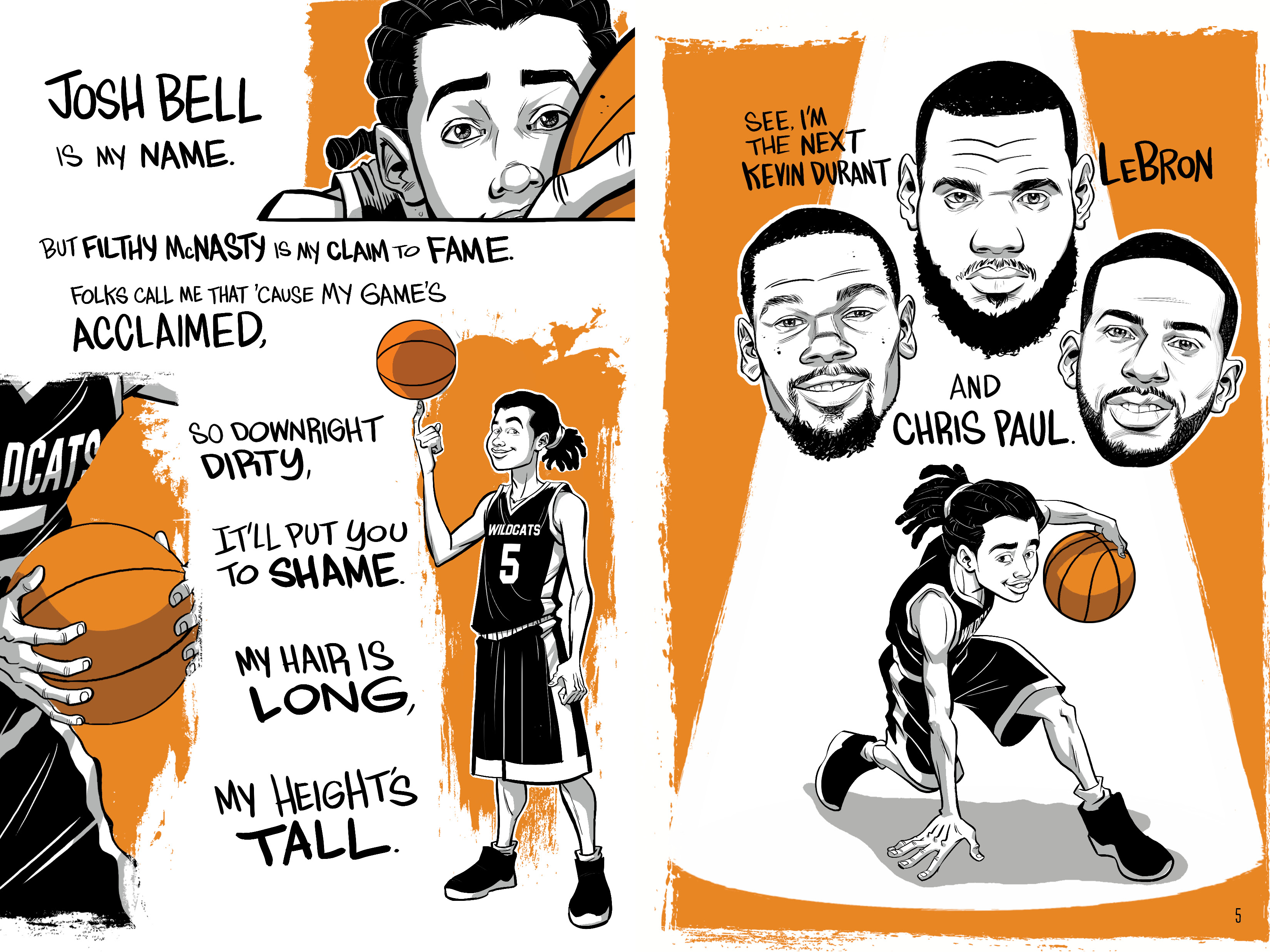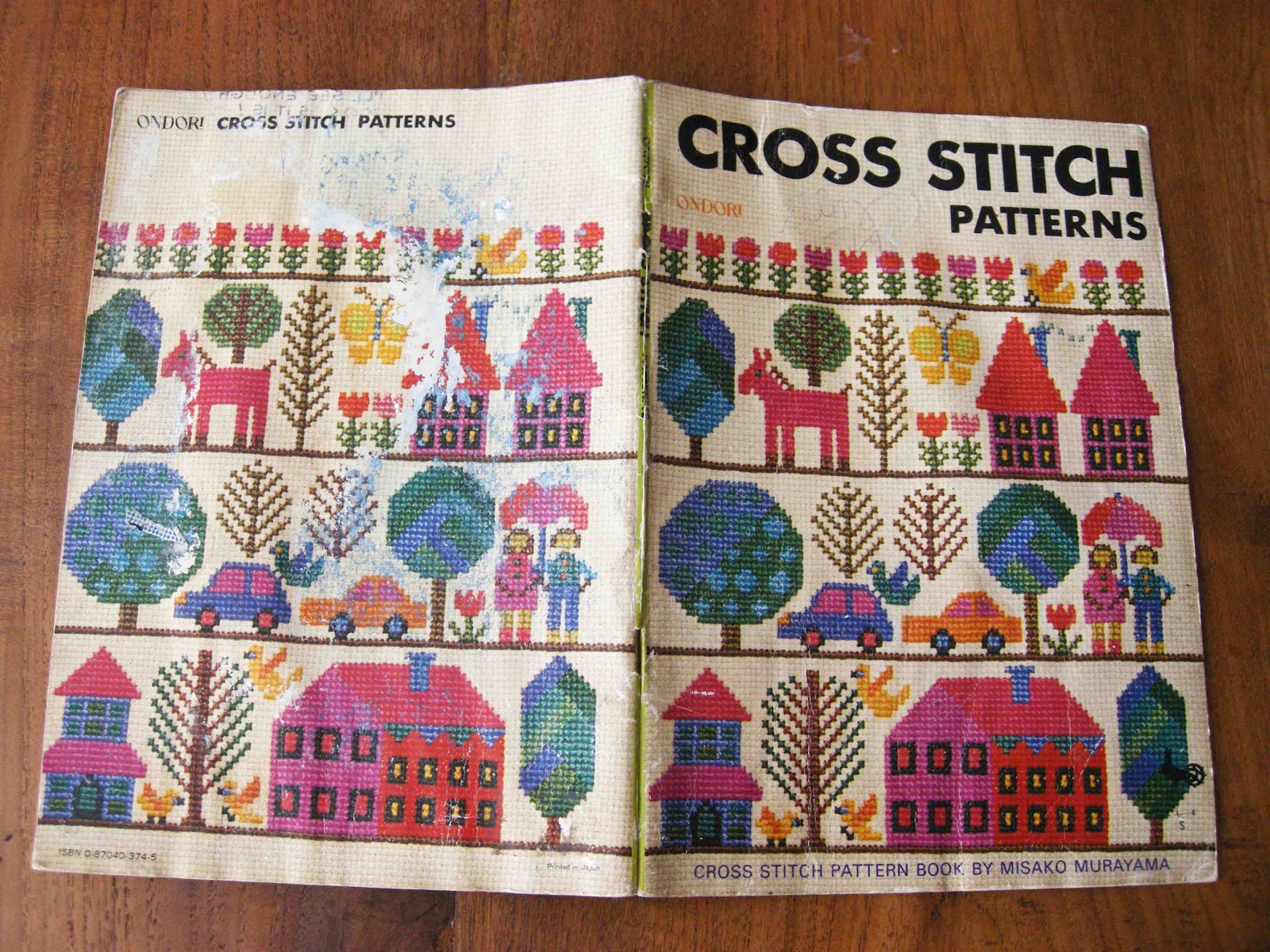

The teenagers in this world are the same ones writing me letters about their lives. Teens are growing up in that world, and they deserve to see it reflected.īut they’re also growing up in this one: a world where the cost of their education could be the bullet that kills their dreams, a world where they’ve witnessed the gross government mishandling of a pandemic, a world where the brutal killings of Black Americans at the hands of police go largely unanswered for, and a world where the flagrant disregard of their future by politically powerful climate change deniers is pulling us ever closer to a global crisis from which there will be no return.

These are the hallmarks of many YA novels, and there’s nothing wrong with them. It’s that specific kind of friendship drama you desperately hope won’t follow you into your 40s. According to Wikipedia, “The subject matter and genres of YA correlate with the age and experience of the protagonist,” and, for many of us, the metal-tinged scent of locker-lined halls is one of the first things that calls to mind. But I often think of the cues and tropes we use to define the category when asked. I don’t think the high school setting is a prerequisite in a YA novel, by the way-I’m more versed in my industry than that. If you don’t know a teenager who has been in the unique position of infiltrating a cult, I can promise you’ve known a teenager who has felt that lonely and misunderstood, who knows pain and urgently seeks a promise of relief. But a lot of teenagers these days do, and it’s usually the emotional truths of my novels that resonate, despite their exceptionally grim trappings. She knows more at that age about loss, trauma, and independence than I ever did. I suspect my February 2021 release, The Project, about an aspiring teen journalist who forgoes the high school experience to investigate a cult, has the potential to yield a similar response. If a book is seemingly too much of one thing or not enough of the other, who, ultimately, is it for? This response has fascinated me, having spent more than 10 years working in YA fiction, and freely and proudly identifying myself as an author of such. Most have settled on calling it a “crossover.” That didn’t feel like a bad thing then-and it doesn’t now-though, at the time, I didn’t realize this designation that easily serves as a point of entry for two audiences can just as easily be used as a tool, by some gatekeepers, to deny its primary target. Others can’t envision it in any section but YA.

With Sadie, my work has become less clearly prescriptive-if it ever was-making it even more at odds with that strange expectation a certain type of reader holds: that YA novels should take on the responsibilities of an authority figure and deal in hopeful, aspirational endings while being devoid of all delicious and interesting four-letter words.īecause of this, some readers feel Sadie should be categorized as an adult novel. S adie is a relentless, brutal, and gritty testament to a sister’s love that takes its protagonist to the darkest corners humanity has to offer without flinching.


 0 kommentar(er)
0 kommentar(er)
